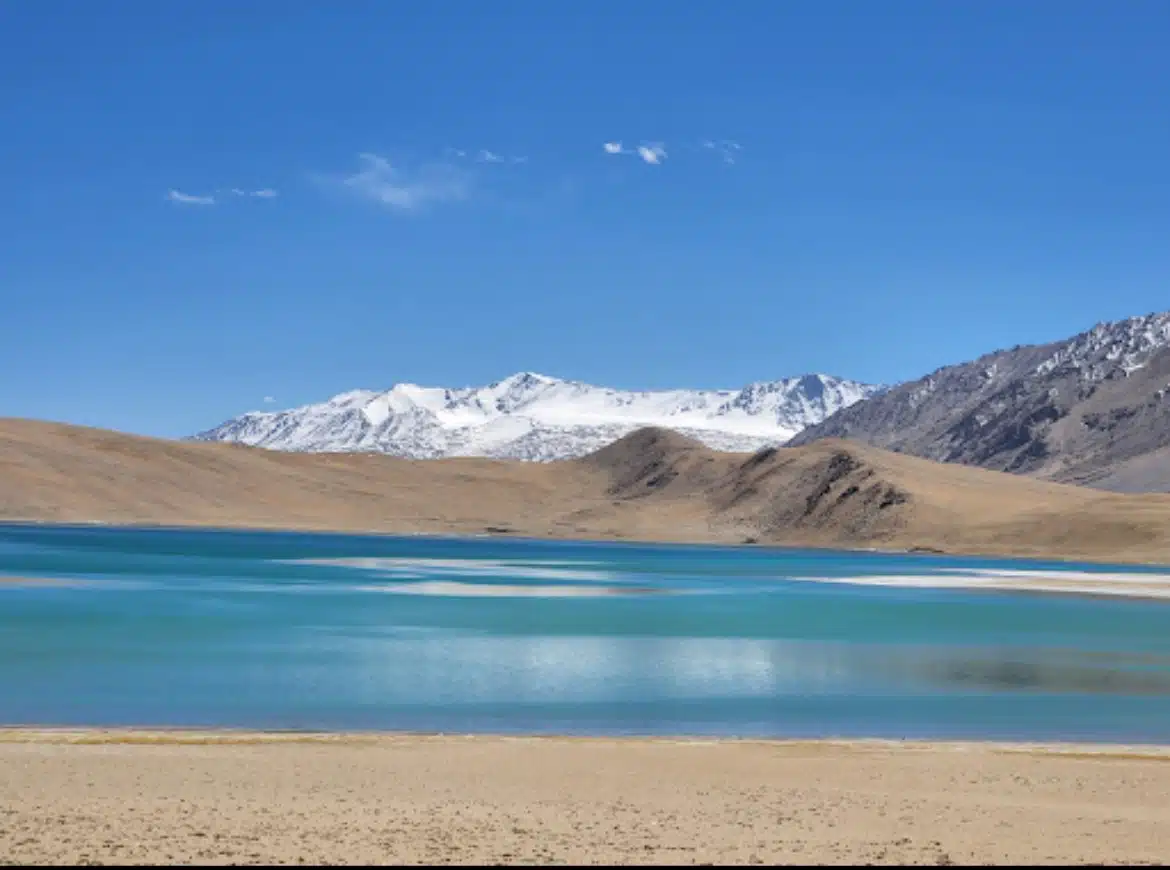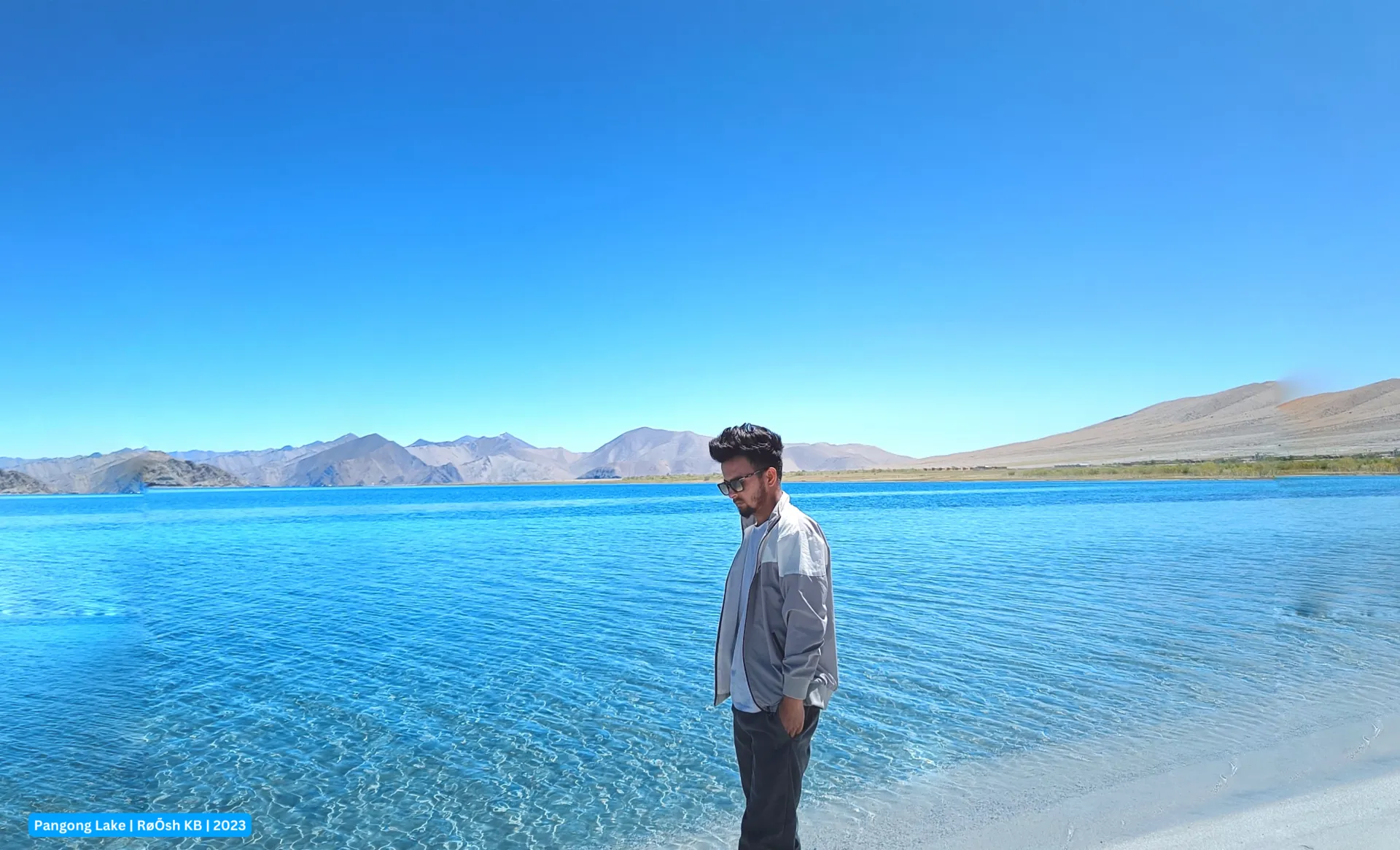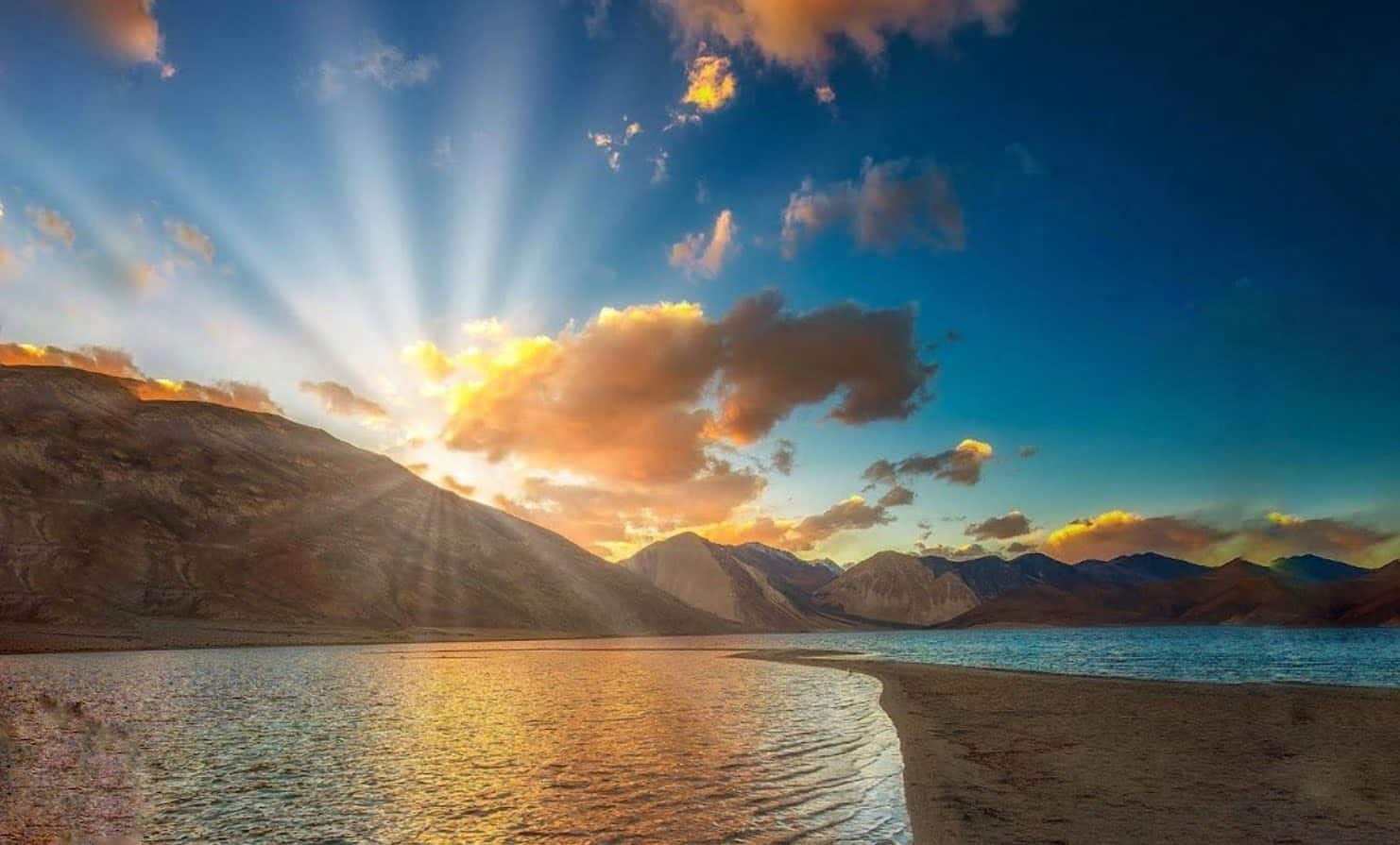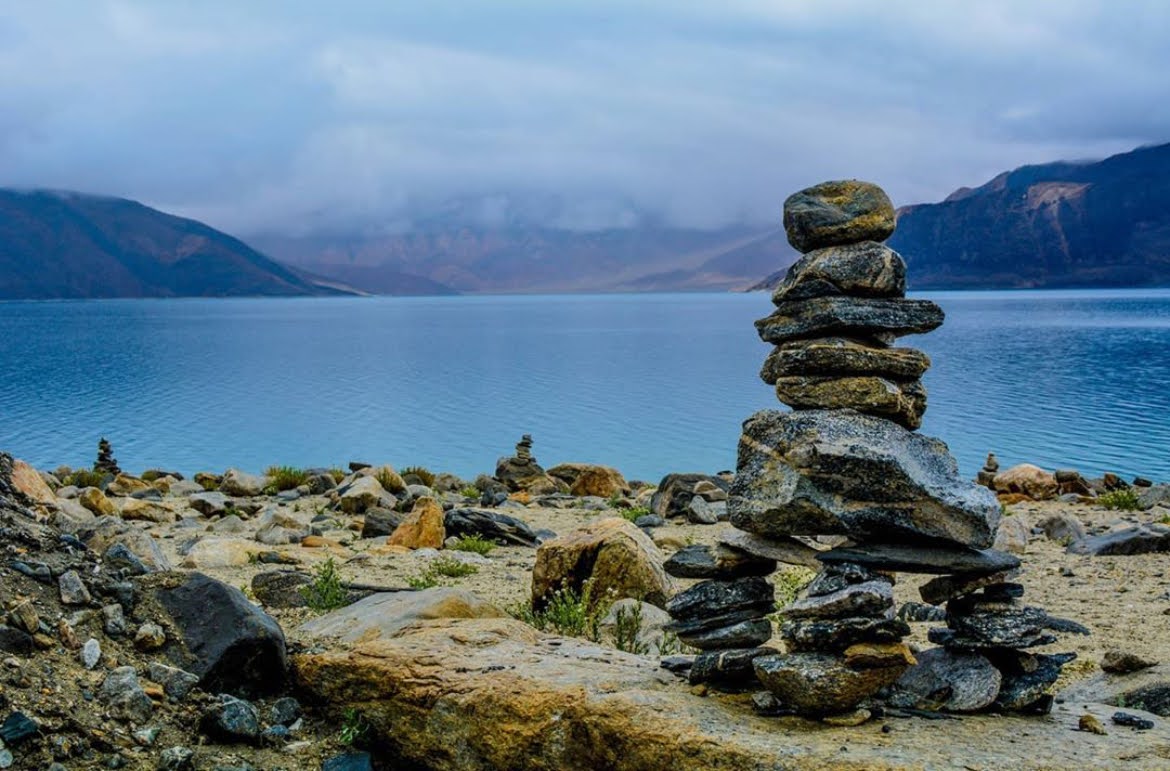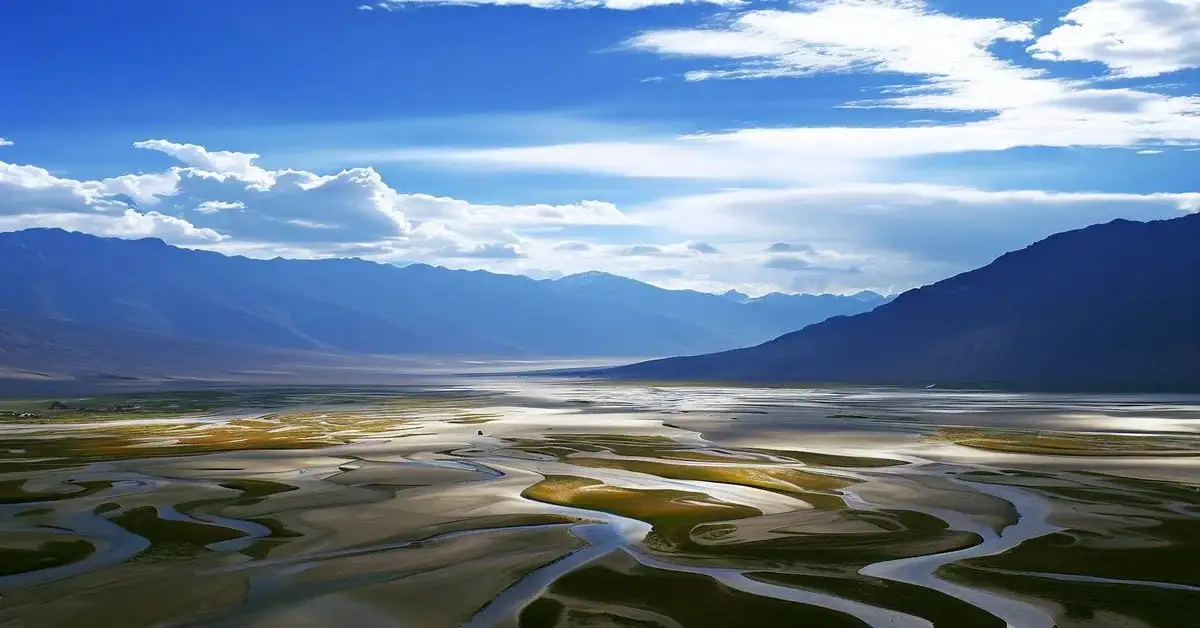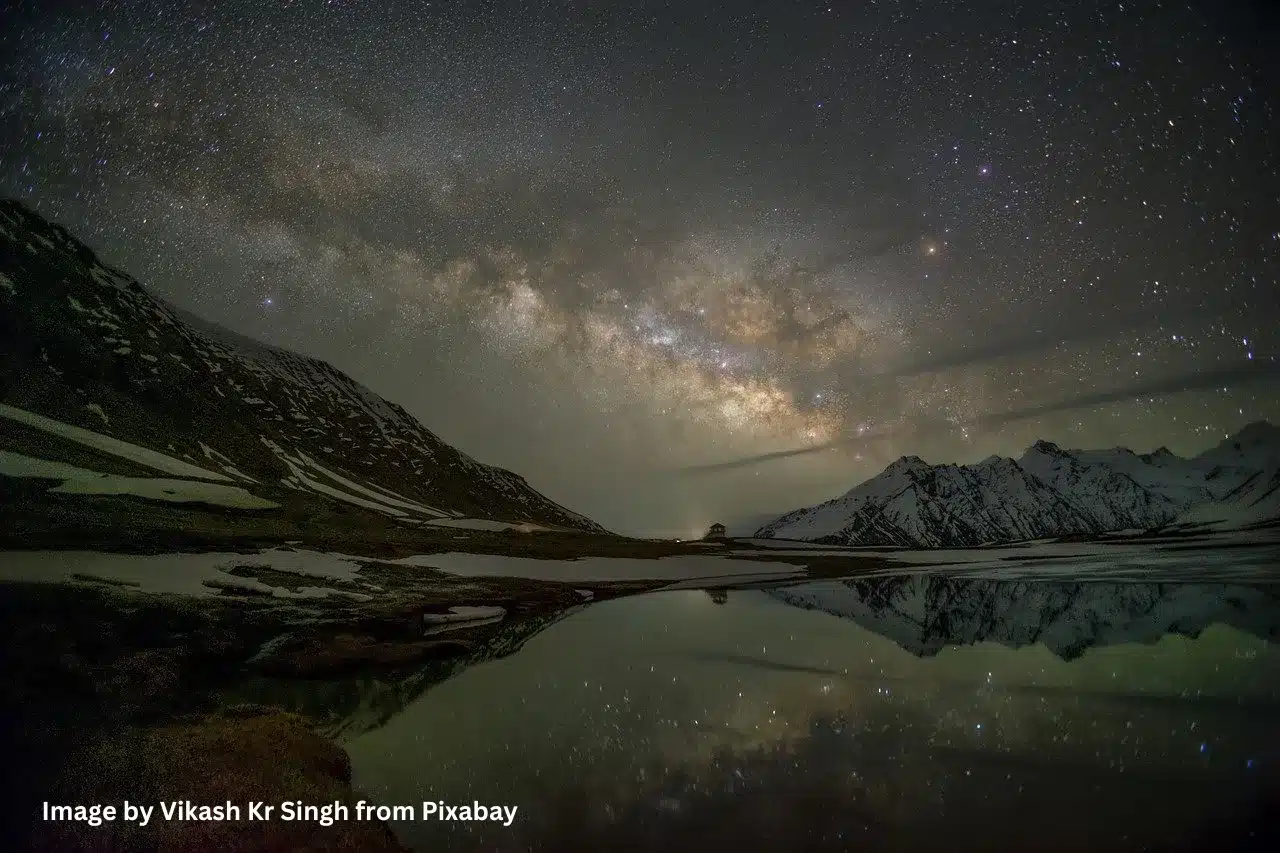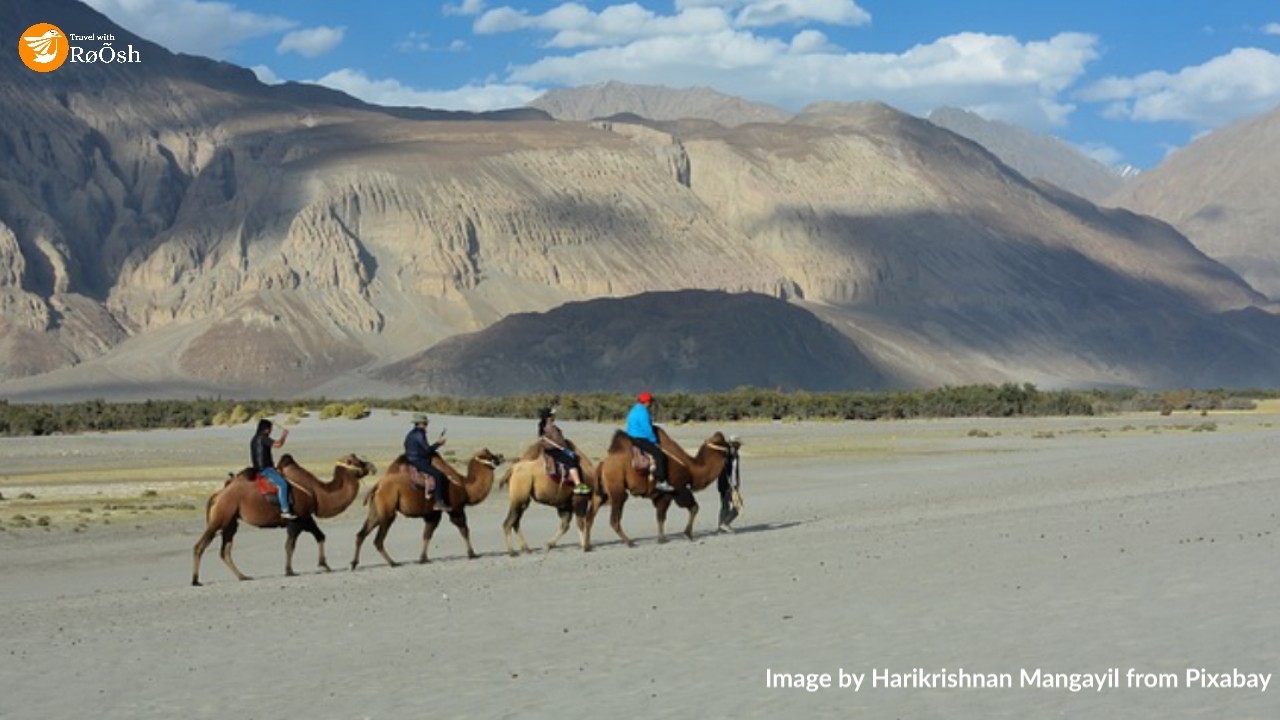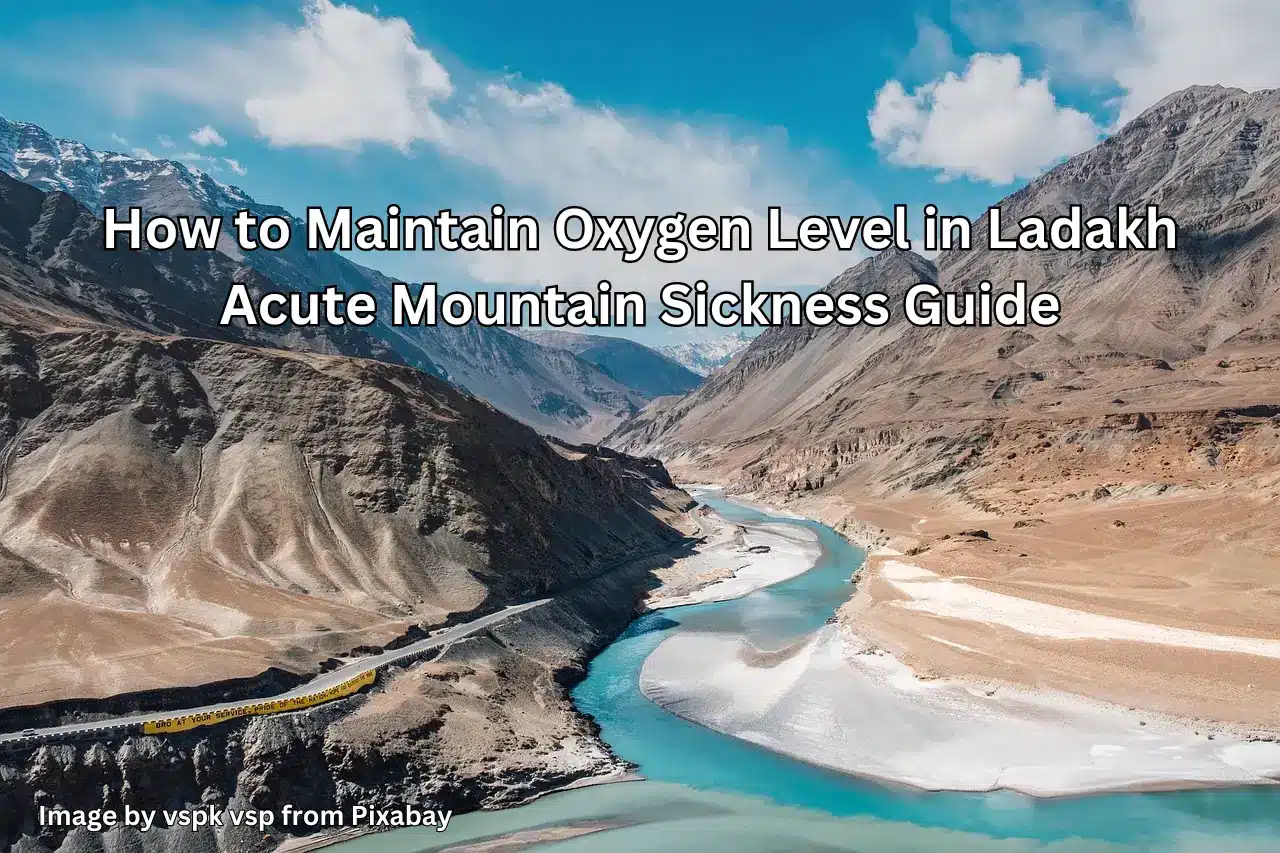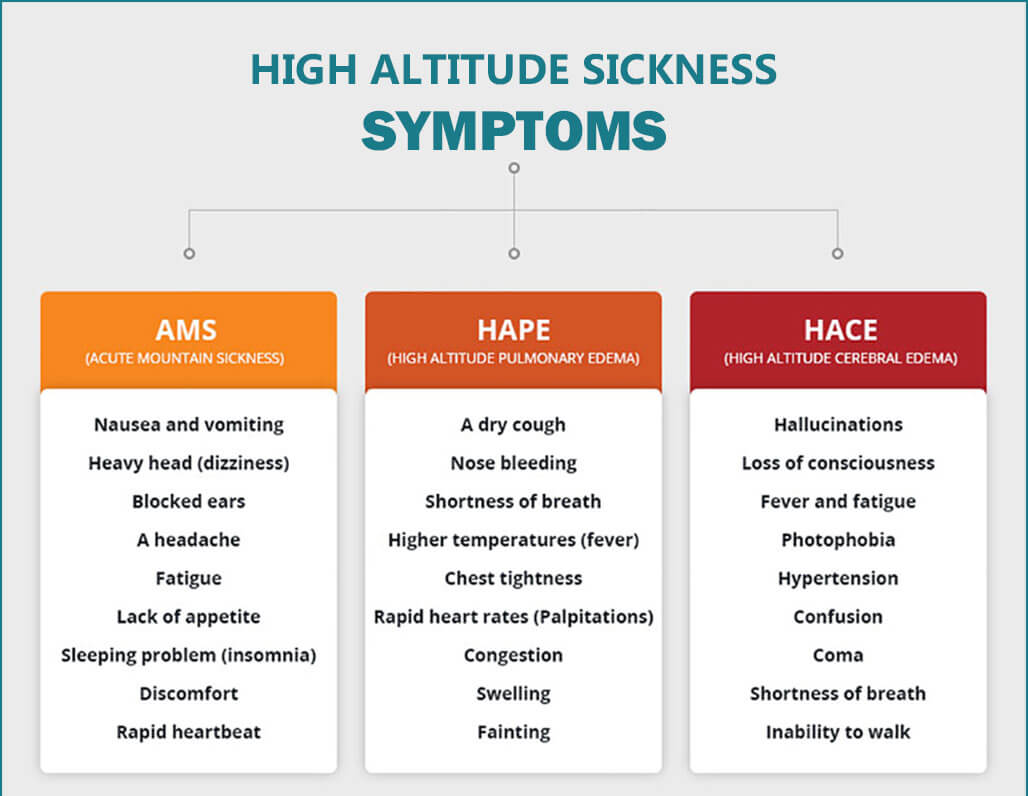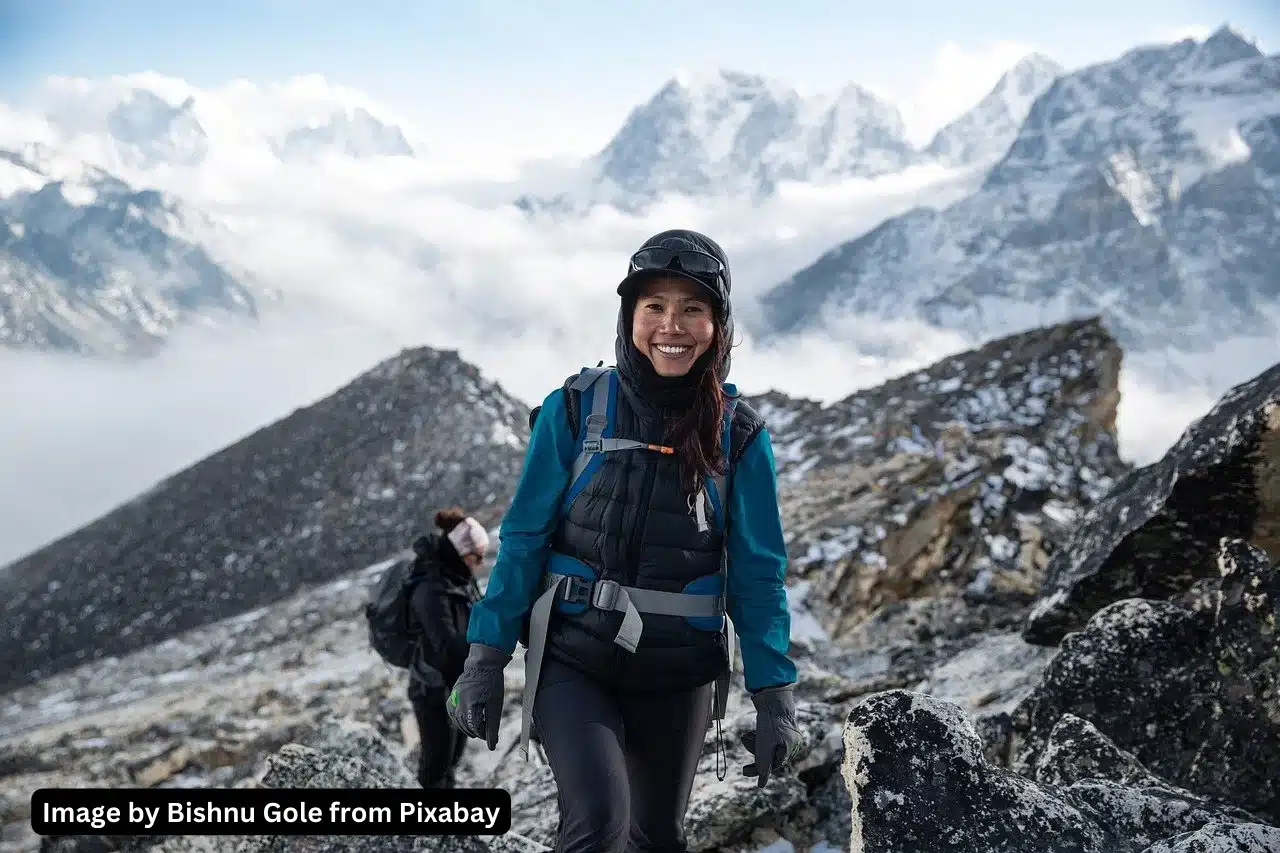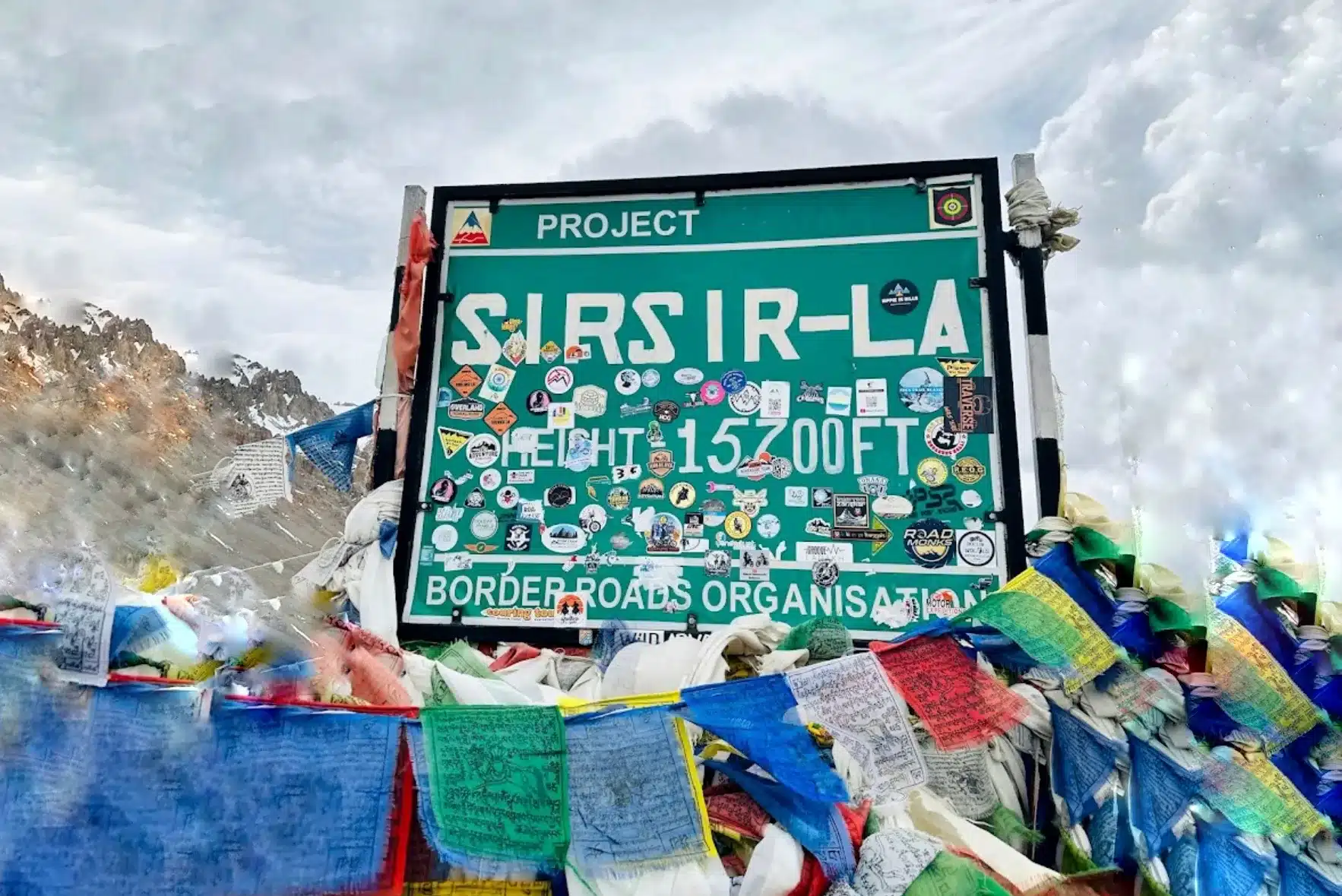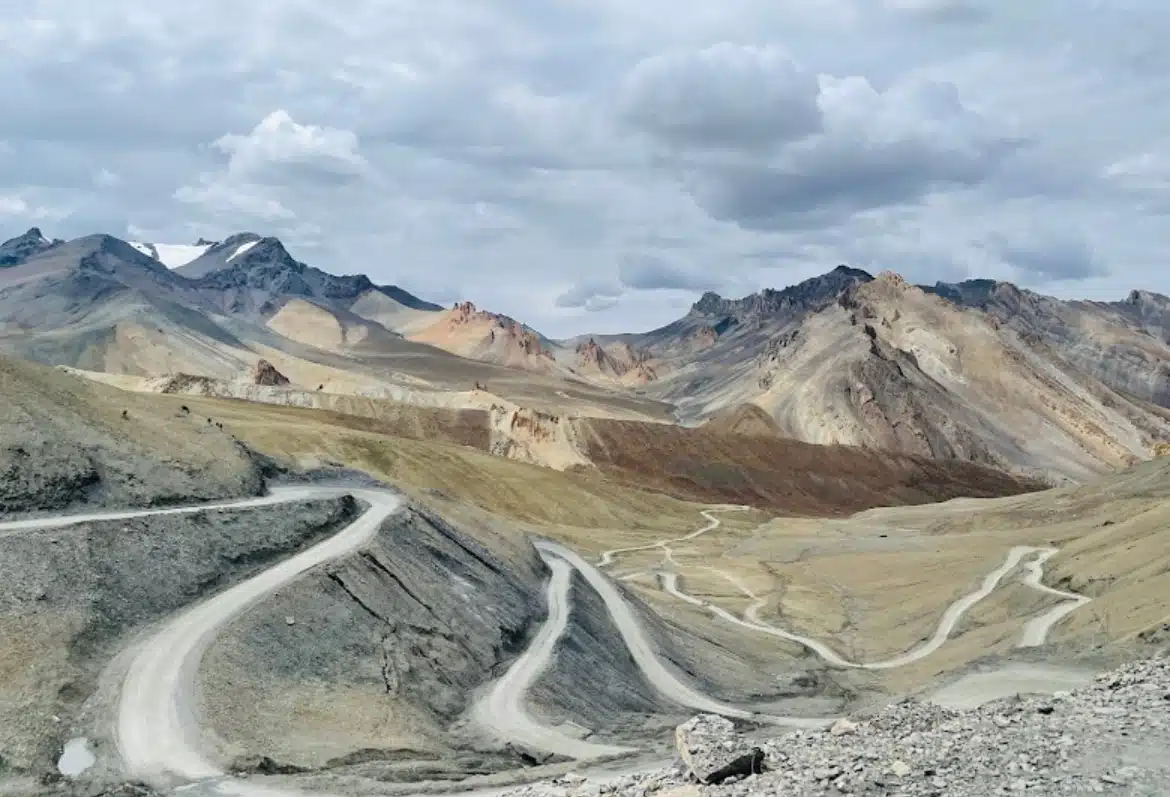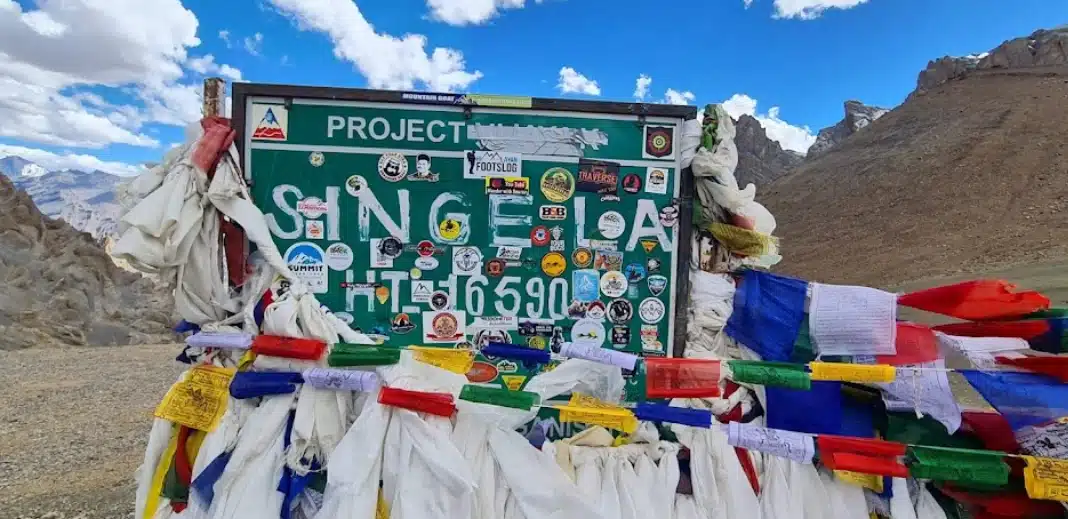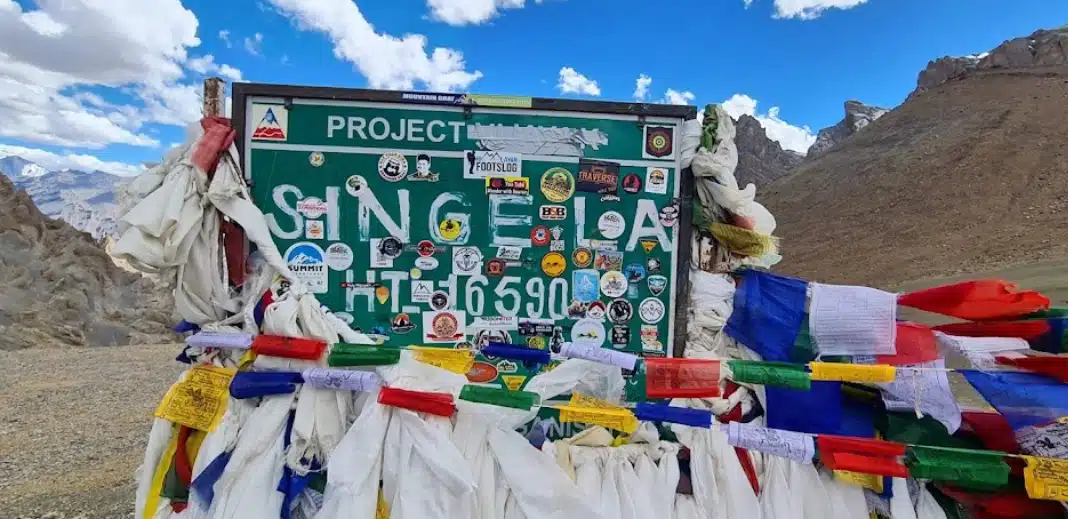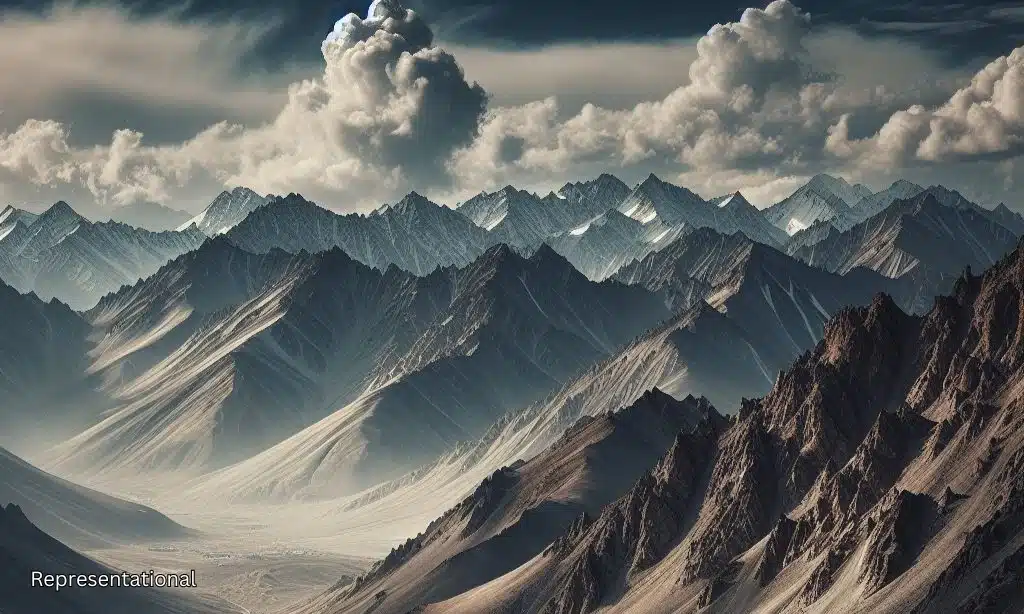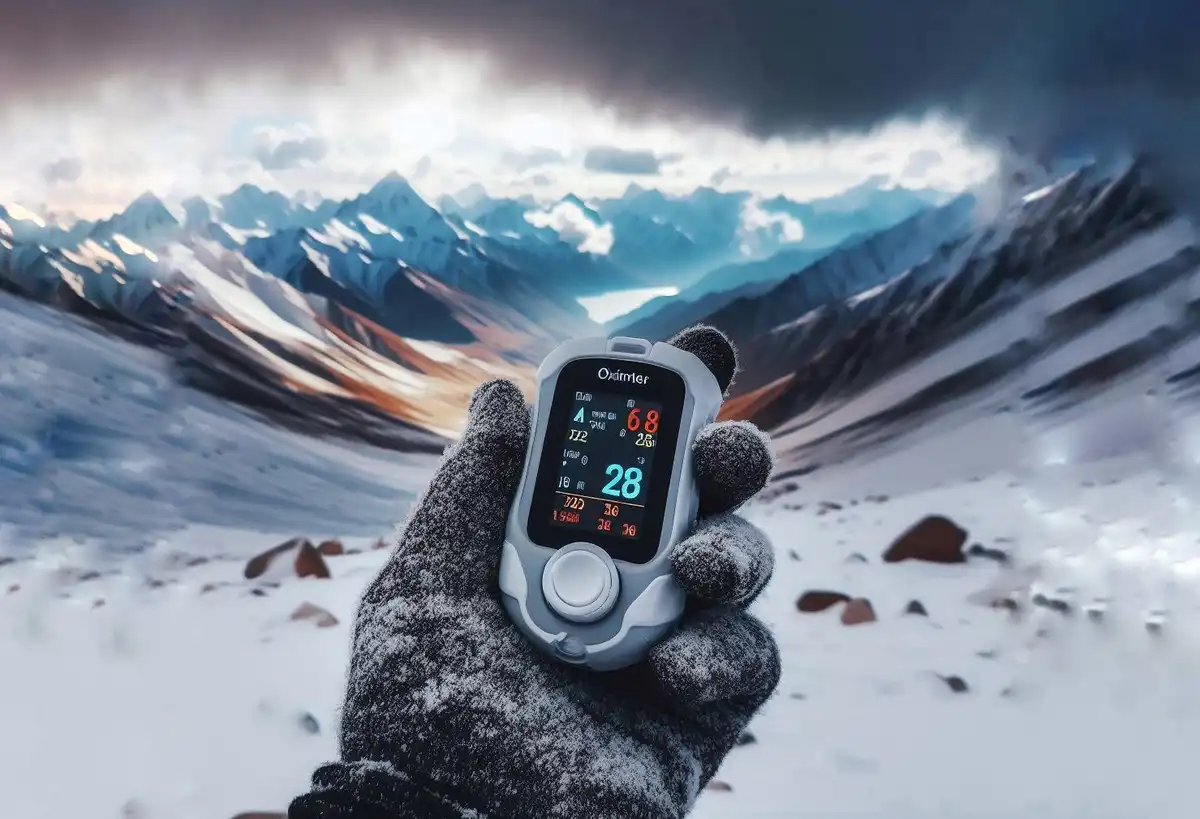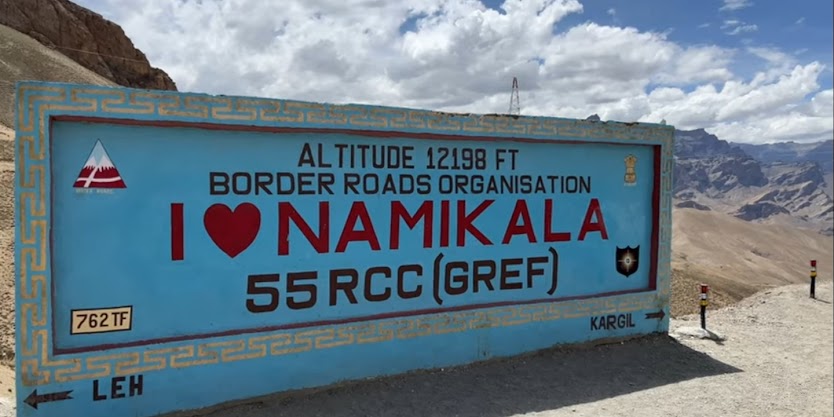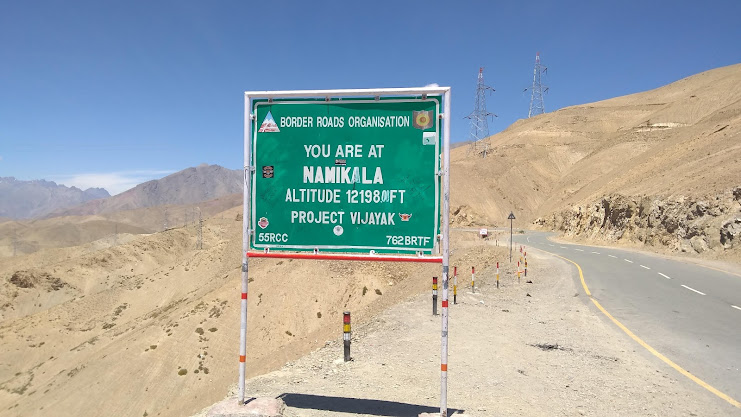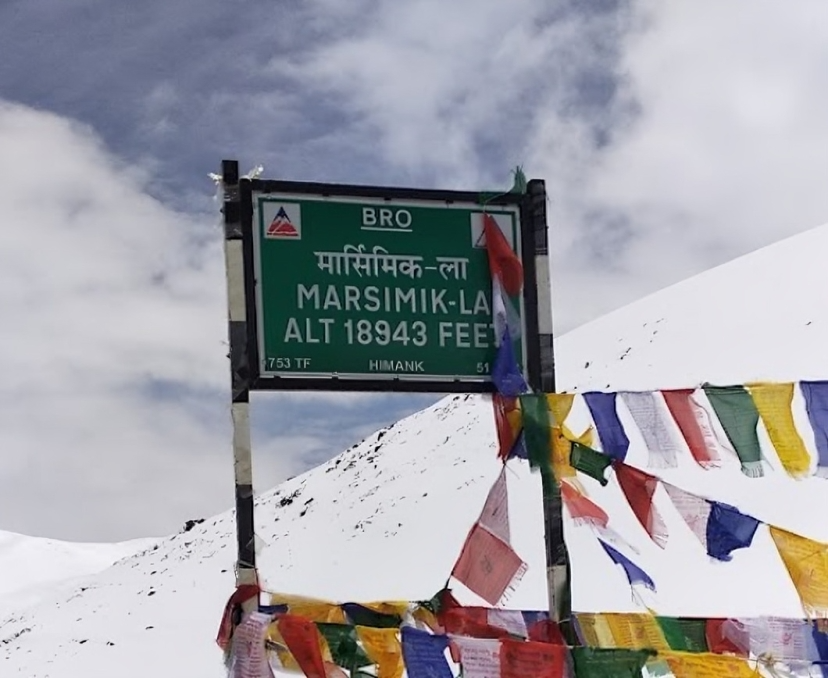Are you looking to explore more about Kyagar Tso Ladakh? If so, you’re on the right blog on the internet. In this blog, I’ll take you on a journey to discover Kyagar Tso, a captivating lake located amidst the rugged terrain of Ladakh. Whether you’re a nature enthusiast, an adventure seeker, or simply someone seeking breathtaking landscapes, This lake promises an unforgettable experience. Let us delve into the wonders of this lesser-known lake of Ladakh.
Kyagar Tso, also known as Kyagar Lake, is a mesmerizing body of water tucked away in the remote corners of Ladakh. Situated approximately 191 Km from Leh. With its crystal-clear waters reflecting the surrounding mountains, this lake presents a picture-perfect setting that will leave you in awe.
Hi, I’m RøÕsh KB, I live in Ladakh and I have visited all the regions of Ladakh. I Have good knowledge of Ladakh and its destinations. I am here to share my insights and experiences with you, ensuring you have all the information you need for your visit to Kyagar Tso.
Kyagar Tso Location
Kyagar Tso is situated in the Changthang region of Ladakh near Tso Moriri Lake, surrounded by towering mountains and barren landscapes. Its remote location adds to its untouched charm, making it a haven for those seeking solitude amidst nature’s grandeur. The lake’s serene waters reflect the changing hues of the sky, creating a mesmerizing sight that captivates visitors.
Kyagar Tso Altitude/Height
Kyagar Tso’s Altitude/Height is 4,705 m (15,436 ft) above sea level. It offers a high-altitude retreat for travelers. The high elevation of the lake offers a great view of the Himalayan mountains all around. Its peaceful atmosphere attracts both adventurous people and those seeking tranquility to enjoy its beauty.
Kyagar Tso Oxygen Level
Due to its high altitude, this lake experiences lower oxygen levels compared to the sea level. At an altitude of over 4,705 meters, the oxygen level at Kyagar Tso is 53% (oxygen molecules per breath). Which makes acclimatization very important for visitors to avoid altitude sikness.
Kyagar Tso Temperature
Kyagar Tso witnesses fluctuating temperatures throughout the year. During the winter months, temperatures plummet, transforming the landscape into a winter wonderland. In contrast, summers bring milder weather, with temperatures ranging from 15 °C to 20°C. The summer season makes it an ideal time to explore this lake.
Why Kyagar Tso is Famous For
Kyagar Tso is famous for its beautiful and peaceful surroundings, drawing travelers who seek peace in nature. Its remote setting provides an escape from city life’s hustle and bustle, letting visitors reconnect with nature. Additionally, this lake is home to many bird species, making it perfect for birdwatchers and nature lovers.
How to Reach Kyagar Tso
To reach Kyagar Tso, you need to travel to Ladakh’s rough terrain. Starting from Leh, a scenic drive leads to the lake, passing through charming villages and beautiful landscapes. Private taxis and guided tours are options for a stress-free journey, letting travelers fully enjoy the area’s stunning scenery.
There are two routes which you can follow to reach this beautiful lake in Ladakh which are as follows:
- Leh-Upshi-Chumathang-Mahe Bridge-Namshang La-Kyagar Tso
- Manali-Kelong-Pang-Thukje-Puga-Sumdo-Kyagar Tso
Yes, you can also visit this lake from Manali, you just have to start your journey early in the morning from Manali to reach this lake.
Best Time to Visit Kyagar Tso
The best time to experience the beauty of Kyagar Tso is during the summer months, from May to September. During this period, the weather is mild, making it conducive to outdoor activities such as hiking, photography, and birdwatching. However, visitors should be prepared for chilly temperatures, especially during the evenings and nights.
Things to Do in Kyagar Tso Lake
Kyagar Tso also offers other activities for visitors to enjoy amidst its stunning backdrop. From wildlife spotting to camping, there’s something for everyone to experience at this hidden gem of Ladakh:
- Wildlife Spotting: Kyagar Tso is home to diverse flora and fauna, making it a paradise for wildlife enthusiasts. Visitors can spot various bird species and other wildlife amidst the tranquil surroundings of the lake.
- Photography: The picturesque landscapes surrounding of this offer endless opportunities for photography enthusiasts. Whether capturing the reflection of the mountains in the lake’s waters or documenting the vibrant flora, every moment is a photo-worthy experience.
- Birdwatching: Kyagar Tso attracts a plethora of bird species, especially during the summer months. Birdwatchers can observe migratory birds in their natural habitat, adding to the charm of the lake.
- Camping: Spending a night under the starlit sky beside this lake is an experience like no other. Camping enthusiasts can pitch their tents along the lake’s shores and immerse themselves in the tranquility of nature.
Nearby Attractions
In addition to Kyagar Tso, there are several other attractions worth exploring in the vicinity. From ancient monasteries to scenic viewpoints, these attractions offer insight into Ladakh’s rich cultural and natural heritage:
- Pangong Lake
- Tso Moriri
- The nomadic life of Changpa
- Pashmina goats
- Puga Hotsprings
Things to Carry When Visiting in Ladakh is Colour changing
When preparing for a trip to this beautiful lake in Ladakh, it’s essential to pack accordingly to ensure a comfortable and enjoyable experience. Here are some essential items to carry:
- Warm clothing: Layers are essential to combat the fluctuating temperatures, especially during the evenings and nights.
- Sunscreen: Protect your skin from the harsh rays of the sun, as the high altitude can intensify sun exposure.
- Sunglasses: Shield your eyes from glare and UV rays while enjoying the stunning views of the surrounding landscape.
- Water bottle: Stay hydrated, as the dry mountain air can lead to dehydration.
- Snacks: Keep energized with light snacks to fuel your adventures throughout the day.
- Camera: Capture the beauty of the lake and its surroundings with a camera or smartphone.
- First-aid kit: Be prepared for minor injuries or ailments with a basic first-aid kit.
FAQ
Is Kyagar Tso suitable for swimming or water activities?
Due to its high altitude and cold temperatures, swimming and water activities are not recommended at Kyagar Tso. However, visitors can enjoy leisurely walks along the lakeshore, photography, and birdwatching to immerse themselves in the lake’s natural beauty.
Are there restroom facilities available near Kyagar Tso?
As Kyagar Tso is located in a remote area, restroom facilities may be limited or nonexistent. Visitors should be prepared to practice proper waste disposal techniques and carry out any waste they generate to maintain the pristine environment around the lake.
How many lakes are there in Ladakh?
There are more than 10 Lakes in Ladakh. Pangong Lake is the most famous lake among them.
Which lake in Ladakh is Colour changing?
Pangong Lake in Ladakh is Colour-changing, it changes its color according to the sky’s color.
It is situated at about 4,350 meters above sea level, in the union territory of Ladakh, and is Pangong Lake, the highest saltwater lake in the world. “Pangong Tso,” a Tibetan word meaning “high grassland,” is where the lake gets its name.
Conclusion
Explore the captivating beauty of Kyagar Tso, a stunning lake in Ladakh. Its calm waters and breathtaking surroundings offer a peaceful escape into nature. Whether you’re drawn to its pristine beauty or abundant wildlife, this lake guarantees an unforgettable experience.
As you prepare for your visit, remember to pack appropriately, respect the environment, and fully immerse yourself in the natural wonders awaiting you. Whether camping, capturing moments with your camera or simply enjoying the lake’s serenity.
For any further inquiries or assistance with planning your trip, feel free to reach out. Thank you for reading this blog. Have a nice day.
Jullay!
Similar experiences: Tso Moriri – All You Need to Know BEFORE You Go 2024


